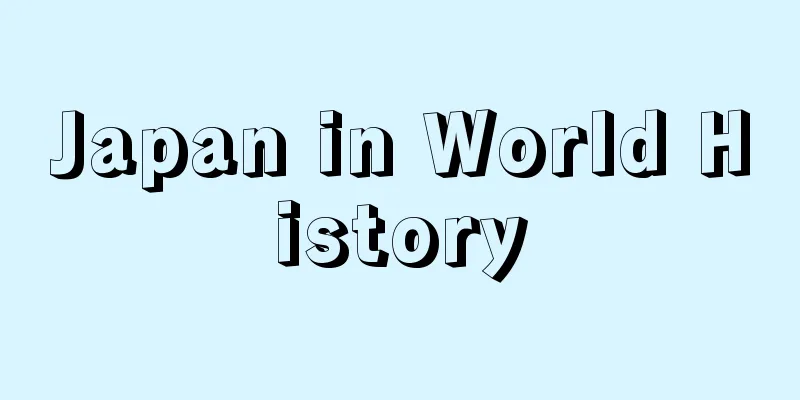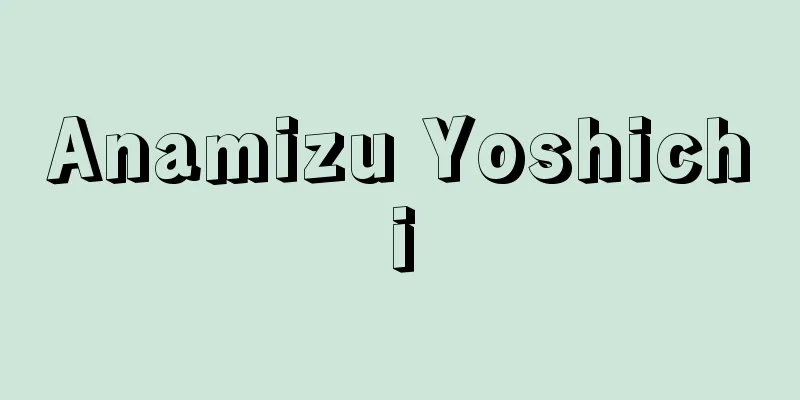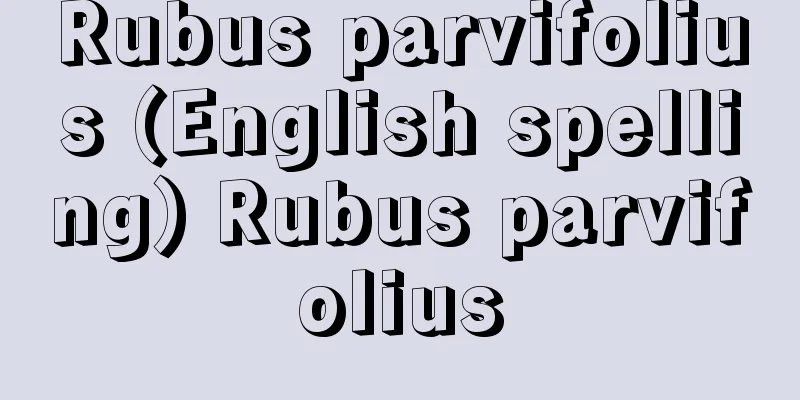Risshisha

|
A leading organization in the Freedom and People's Rights Movement. It was founded in Kochi on April 16, 1874 (Meiji 7) by Itagaki Taisuke, Kataoka Kenkichi, Hayashi Yuzo, and others to promote the Freedom and People's Rights Movement, and in 1883 it changed its name to the Kainan Liberal Party. Other organizations with the name Risshisha include Hiroshima Risshisha, Sanuki Risshisha, Takamatsu Risshisha, Marugame Risshisha, and Awa Risshisha, but when people normally say Risshisha, they are referring to the Kochi Risshisha. At first, Risshisha's primary goal was to save the samurai class, and it responded to the Seinan War, but after its leaders were arrested for this, Ueki Emori and Sakamoto Namio became the theoretical leaders and committed themselves to the idea of freedom and civil rights, and in the Risshisha Petition of 1877, they first proposed the three main principles of the Freedom and Civil Rights Movement: opening a National Diet, reducing land taxes, and revising treaties. They played a central role in the revival of the Aikokusha in 1878, the petition movement for the opening of a National Diet in 1880, and the founding of the Liberal Party in 1881, and in the "Proposed Draft of a Japanese Constitution" drafted in the same year, they advocated popular sovereignty, a unicameral parliament, the right to resist, and the right to revolution. However, as the civil rights movement intensified in 1884, they came to call for the dissolution of the Liberal Party. [Yasushi Goto] "The Genealogy of Freedom and Civil Rights by Michio Hirao (1970, Kochi Shimbun)" "Freedom and Civil Rights by Yasushi Goto (Chuko Shinsho)" [References] | | |Source: Shogakukan Encyclopedia Nipponica About Encyclopedia Nipponica Information | Legend |
|
自由民権運動の指導的結社。1874年(明治7)4月16日に板垣退助(たいすけ)、片岡健吉、林有造(ゆうぞう)らが中心になって、自由民権運動を盛んにするために高知に結成し、83年海南自由党と改称した。このほか立志社を名のるものとしては、広島立志社、讃岐(さぬき)立志社、高松立志社、丸亀(まるがめ)立志社、阿波(あわ)立志社があるが、普通に立志社というときにはこの高知の立志社をさしている。立志社は、最初は士族救済を第一の目標にし、西南戦争に呼応するなどしたが、指導者がそのため逮捕されてからは、植木枝盛(えもり)、坂本南海男(なみお)が理論的指導者となって自由民権思想に徹し、77年の立志社建白で国会開設、地租軽減、条約改正という自由民権運動の三大綱領を初めて提起した。78年の愛国社再興、80年の国会開設請願運動、81年の自由党結党の中心的役割を担い、同年起草の「日本憲法見込案」では人民主権、一院制議会、抵抗権、革命権を主張した。しかし、84年、民権運動が激化するに及んで自由党の解党を主張するに至った。 [後藤 靖] 『平尾道雄著『自由民権の系譜』(1970・高知新聞社)』▽『後藤靖著『自由民権』(中公新書)』 [参照項目] | | |出典 小学館 日本大百科全書(ニッポニカ)日本大百科全書(ニッポニカ)について 情報 | 凡例 |
Recommend
Fouriérisme (English spelling)
…But he did not give up on his plan to build a ne...
Pronunciamiento (English spelling)
This is a Spanish word meaning "revolutionary...
Toda [village] - Heda
An old village in Tagata County, facing Suruga Bay...
Perkins, ME (English spelling) PerkinsME
...He went to Europe in 1930 after receiving a Gu...
rack
...Instead of having teeth on the cylindrical sur...
Ohira [town] - Ohira
A former town in Shimotsuga County in southern Toc...
Top quality fishing - Uwamonozuri
...The fish anglers call "stonefish" an...
Tank kiln - Tank kiln
A box-shaped kiln with an arched ceiling attached ...
Emmenagogue - emmenagogue
Drugs that improve or eliminate menstrual stagnati...
Whisker - Whisker
Please see the "Beard Crystal" page. So...
Space - Uchuu (English spelling) Universe
When the word "universe" is used to des...
Dropout - Dropout
… [Academic ability debate] As mentioned above, e...
Continuous miner
...In the latest hovels, the hovel body, which is...
Rose apple
A tropical fruit tree of the Myrtaceae family with...
Sochushi
A mathematician and calendar scholar from the Nor...









